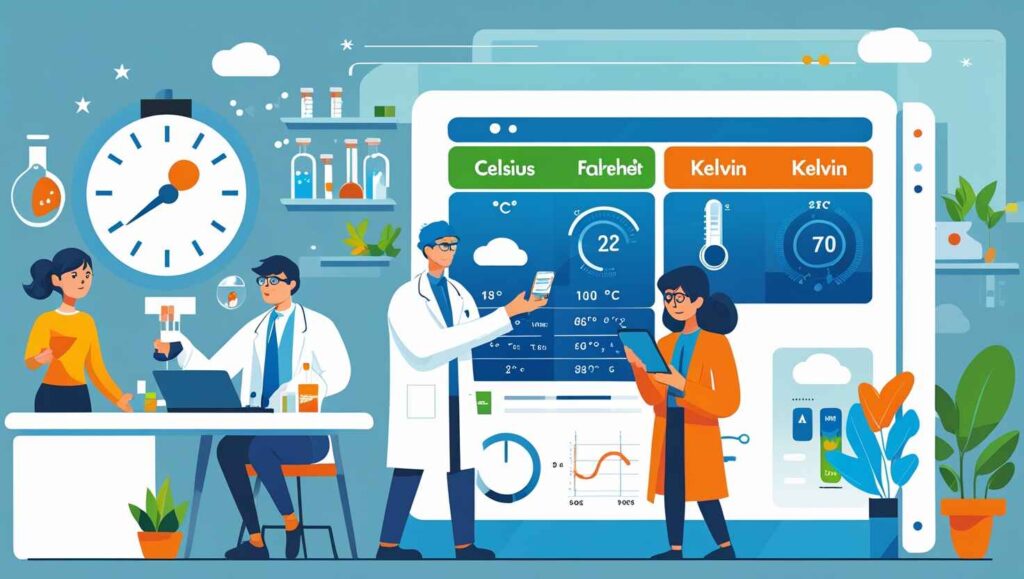
If you are trying to figure out Celsius to Fahrenheit, or maybe Fahrenheit to Kelvin? Instead of scratching your head over formulas, our Degree Converter Tool helps you. Just enter your number, click once, and you’ve got the answer — fast and accurate.
It was built with everyone in mind. A scientist working on lab data, a tourist checking weather forecasts abroad, or even a student going through science school work can rely on it. No clumsy math or second-guessing. Easy, quick conversions that save you time and give you confidence in your results.
Think about your everyday routine. You check the weather, maybe cook a meal, or sit down with a math assignment. In each of these, you’re actually dealing with degrees—sometimes without even noticing. Degrees measure the heat in your oven, the temperature outside, and the sharp angles in a triangle you’re solving. They even show up in academics when we talk about “earning a degree.” One small word, but it covers so much. And because of that, switching between different formats of degrees becomes pretty important. That’s exactly why a degree converter tool exists.
Now, here’s the thing: doing these conversions by hand is possible, but it’s also boring and prone to mistakes. Picture an architecture student staring at a drawing, trying to convert degrees into radians. Or someone in chemistry class, stuck flipping Celsius into Fahrenheit while rushing through an experiment. Been there? It eats up time and energy. With a proper degree conversion calculator, you skip the hassle. Just type in the value, choose what you need, and you’re done—no second-guessing, no wasted minutes.
And it’s not just students. Engineers designing machines, programmers working with angular data, even travelers checking temperatures before a trip—all of them need quick and accurate conversions. That’s why an online degree converter feels less like a fancy tool and more like a quiet helper you didn’t know you needed. In the rest of this guide, we’ll dive into how it works, where it helps most, and why it deserves a place in your set of go-to resources.
🛠 Try It Now:
👉 Use the Degree Converter Tool – Convert °C, °F, and K in seconds!
Table of Contents
What is a Degree Converter Tool?
A degree converter tool is basically a helper—online or offline—that takes one type of degree value and flips it into another without the headache of manual math. These tools usually cover two big areas. The first is temperature conversion, where you can switch between Celsius (°C), Fahrenheit (°F), and Kelvin (K). Think about cooking recipes, weather updates, or science experiments—this is where it comes in handy. The second is angular conversion, which deals with the kind of degrees you see in trigonometry, navigation, engineering, or even in web design when you’re adjusting CSS angles for animations.
Most people don’t realize how often they bump into degrees until they’re stuck converting them. A traveler might need to check the temperature abroad in a familiar unit. A student could be working on a geometry problem that requires flipping degrees into radians. An engineer might need precise angular conversions for a project. Even digital designers benefit when they need exact rotation values.
No matter the use case, having quick and reliable access to a degree converter means less time wasted and fewer errors made. It keeps things simple, accurate, and accessible for anyone—whether you’re studying, working, or just satisfying your curiosity.
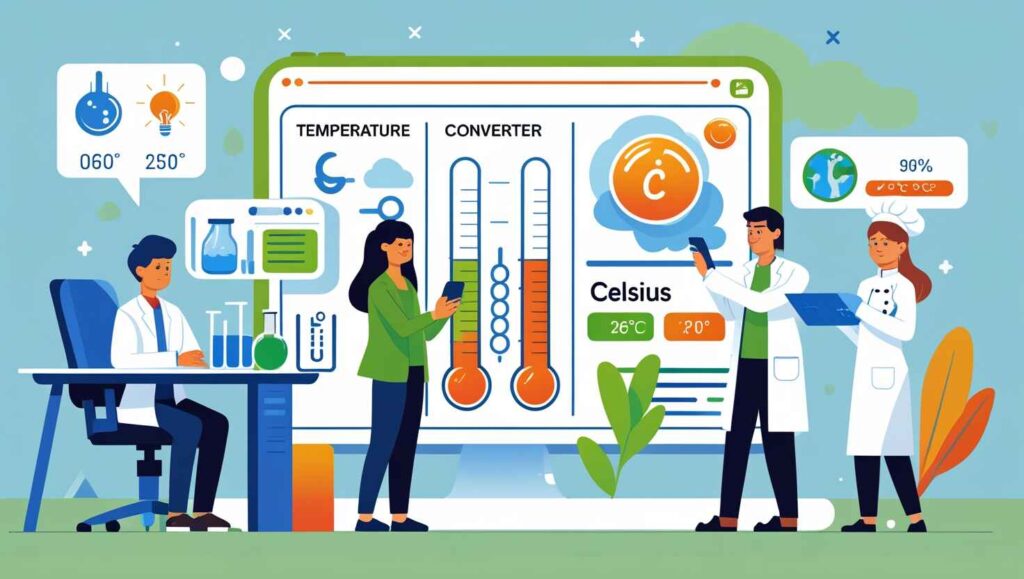
Why You Need a Degree Converter Tool
Why Struggle with Manual Conversions When a Degree Converter Can Do It Instantly?
Let’s be honest—nobody enjoys digging through formulas or second-guessing their math when a tool can do the work in seconds. Here’s why a degree converter tool isn’t just handy, but almost essential:
1. Convenience in Everyday Life
Forget memorizing formulas. You just type in the value, click once, and boom—you’ve got the result. Whether you’re checking oven temperatures in a new recipe or adjusting a home project that needs angular precision, the tool saves you time and stress.
2. Academic Lifesaver
Students constantly bounce between units in physics labs, chemistry equations, or math problems. One small mistake in conversion can throw off the entire assignment. With a converter, you stay accurate and focus on the learning, not the math errors.
3. Engineering & Technical Precision
In engineering, degrees aren’t just numbers—they’re dealbreakers. A tiny error in angular or temperature conversion could lead to massive design flaws or safety risks. Tools like this guarantee the precision professionals can rely on.
4. Travel & Navigation Made Easy
Different countries, different units. If you’re traveling abroad and the weather app shows °F but you’re used to °C, a quick conversion clears the confusion. The same goes for navigation—converting compass degrees correctly ensures you stay on track, literally.
How the Degree Converter Tool Works
Using the Degree Converter Tool is straightforward, thanks to its intuitive UI and seamless functionality.
User Interface Overview
The main screen features input boxes, unit selectors, and a results area. It’s clean, user-friendly, and responsive across all devices.
Input Methods: Manual Entry vs. Dropdowns
You can manually type your value or select from dropdowns for quicker selection. This flexibility is ideal for both novices and experts.
Output Display and Interpretation
Results are instantly displayed, often with conversion steps or related data to help users understand the output.
Step-by-Step Guide to Using the Degree Converter Tool
View and Use the Results
Results appear instantly, with clear formatting for copying or reference.
Access the Tool
Go to https://minitoollab.com/degree-converter-tool/.
Choose the Measurement Type
Select whether you’re converting temperature or angular degrees.
Enter Your Value
Use the keyboard or number pad to enter the amount.
Select the Target Unit
Choose the unit you want to convert to—Fahrenheit, Kelvin, Radian, etc.
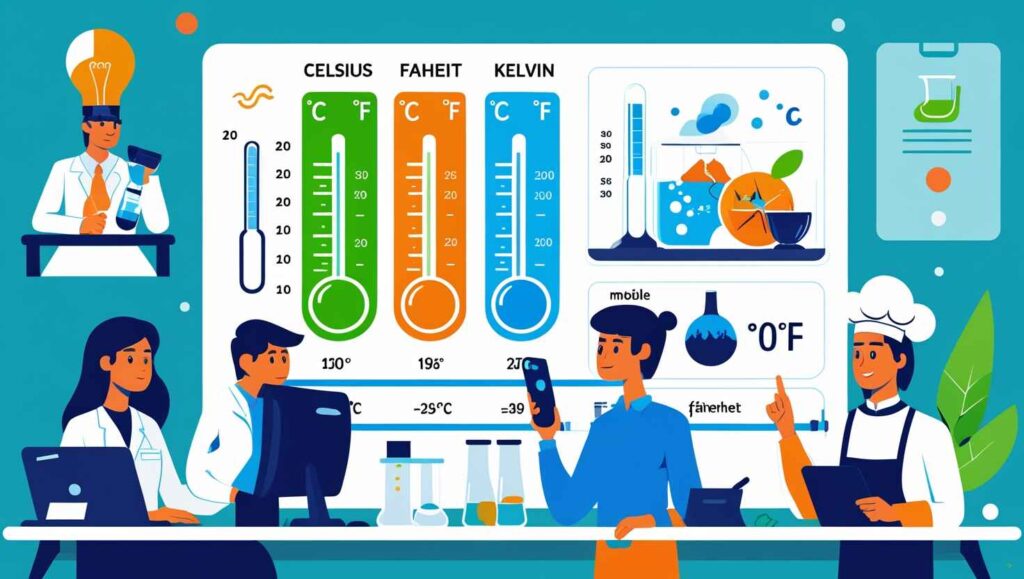
Features of the Degree Converter Tool
What makes the Degree Converter Tool more than just another online calculator is its thoughtful design and powerful feature set. It’s built to serve everyone—from engineers to students, and even casual users who just need a quick conversion on the fly.
🎯 Accuracy You Can Rely On
In fields like engineering, science, or academics, even a tiny error can cause major problems. This tool ensures rock-solid accuracy, whether you’re converting Celsius to Fahrenheit, degrees to radians, or working with other unit variations. You can trust the numbers, every single time.
⚡ Instant Results
Why waste time punching formulas into a calculator? As soon as you input your value, the result is there—no waiting, no second-guessing. It’s built for people who value speed without compromising precision.
📱 Works on Any Device
Whether you’re on a laptop during class, a smartphone while traveling, or a tablet at work, the converter adapts perfectly. The responsive design means you don’t have to zoom in, scroll awkwardly, or deal with clunky layouts—it’s smooth everywhere.
🌍 Multilingual & Accessible
Not everyone learns or works in the same language. That’s why the tool supports multiple languages, making it usable for students, professionals, and travelers worldwide. It’s like carrying a universal translator for degrees in your pocket.
Understanding Different Types of Degree Converter:
When people hear the word degree, it can mean a lot of different things depending on the context. That’s why it’s important to clear the picture before diving into conversions.
🌡️ Temperature Scales: Celsius, Fahrenheit, and Kelvin
- Celsius (°C): The most widely used temperature scale around the world, especially in scientific studies and daily weather updates.
- Fahrenheit (°F): Popular mainly in the United States, you’ll see it in weather reports, cooking instructions, and HVAC systems.
- Kelvin (K): The go-to scale for scientists and engineers, especially in physics. Since it’s the SI base unit of temperature, Kelvin is essential for lab work and technical fields.
📐 Angular Degrees
A full circle has 360 degrees, and this simple concept drives geometry, trigonometry, navigation, and even design. Whether you’re plotting a ship’s course or rotating an image in Photoshop, angular degrees are everywhere.
➗ Degrees vs. Radians in Math
In advanced math and physics, angles aren’t always measured in degrees—sometimes radians make more sense. Converting between the two is crucial in calculus, programming, and engineering tasks. For instance, many coding libraries use radians by default, so knowing the difference saves a lot of debugging headaches.
🎓 Educational Degrees (A Quick Note)
Not all degrees are about numbers. The word also refers to academic qualifications like a Bachelor’s or Master’s degree. While these aren’t units of measurement, they often pop up in searches, so it’s useful to know the difference when browsing or using online converters.
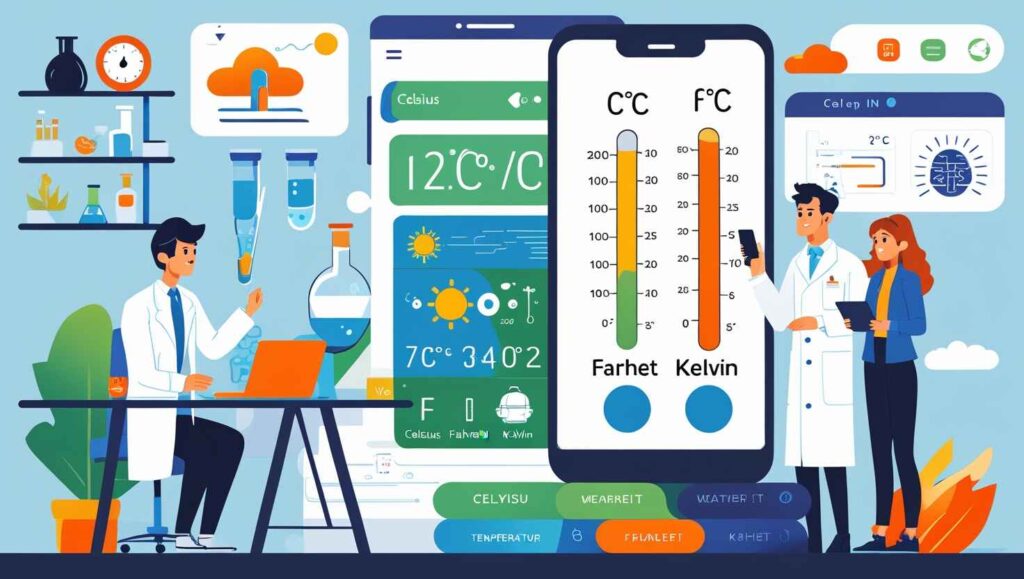
Real-Life Situations Where a Degree Converter Tool Saves the Day
It’s easy to think of a degree converter as just another utility, but in reality, it sneaks into more parts of life than you’d expect.
👩🍳 In the Kitchen: Cooking Temperatures
Ever tried following a recipe from the U.S. when your oven only shows Celsius? That’s where conversions save you. With a quick tap, 350°F becomes 176°C, and suddenly your cake isn’t undercooked or burnt—it’s perfect.
🔬 In the Lab: Science Made Simpler
Chemistry and physics experiments demand precision. One wrong calculation could throw off results entirely. By converting Celsius to Kelvin or Fahrenheit in seconds, the tool cuts down errors and keeps experiments accurate.
🧭 While Traveling: Compass & Navigation
If you’ve ever gone hiking with a map or even checked flight navigation data, you know compass degrees matter. A small mistake in conversion could mean heading north-east instead of due north. This tool ensures your direction is always spot-on.
📚 In the Classroom: Math & Homework
Students wrestle with trigonometry, physics, and even environmental science projects that involve degree conversions. Instead of struggling with formulas, the converter gives them quick, reliable answers—freeing up time to focus on learning.
🏭 In Industry: Engineering & Manufacturing
In industries like glassmaking or metallurgy, temperatures must be exact. A few degrees off and an entire batch of material could be wasted. Using a converter reduces that risk, saves costs, and keeps production smooth.
Use Case: Engineering
Structural Design and Temperature Sensitivity
Materials don’t just sit quietly when exposed to different temperatures—they expand, contract, and sometimes even warp. For engineers, this isn’t a small detail; it’s a matter of safety. Converting temperatures correctly helps them calculate these changes and design buildings, bridges, or machines that stay safe and reliable under stress.
Rotational Angles in Mechanical Parts
Think of robotics or heavy machinery—where even a tiny angular miscalculation can throw an entire system off. By quickly switching between degrees and radians, engineers streamline design work and make sure every gear, arm, or joint moves exactly as it should.
Tolerance Testing and Angular Precision
High-precision industries, like aerospace or medical equipment manufacturing, don’t have room for “close enough.” Tools like a degree converter help test tolerance levels down to fractions of a degree, ensuring products perform at the standard they’re meant to.
Use Case: Navigation
GPS and Coordinate Systems
If you’ve ever typed coordinates into a GPS, you’ve used degrees—even if you didn’t realize it. Converting between degrees, minutes, and seconds can make the difference between arriving at your destination or ending up miles off course.
Map Reading and Bearings
For hikers, geographers, or surveyors, bearings are everything. Knowing how to read and convert degree bearings keeps you moving in the right direction and out of trouble when maps and compasses are your only guide.
Nautical and Aeronautical Uses
Ships and planes depend heavily on precise angular measurements. A pilot might need to adjust a course by just a few degrees, and captains often convert compass readings for navigation. In both cases, accuracy isn’t just helpful—it’s essential for safety.
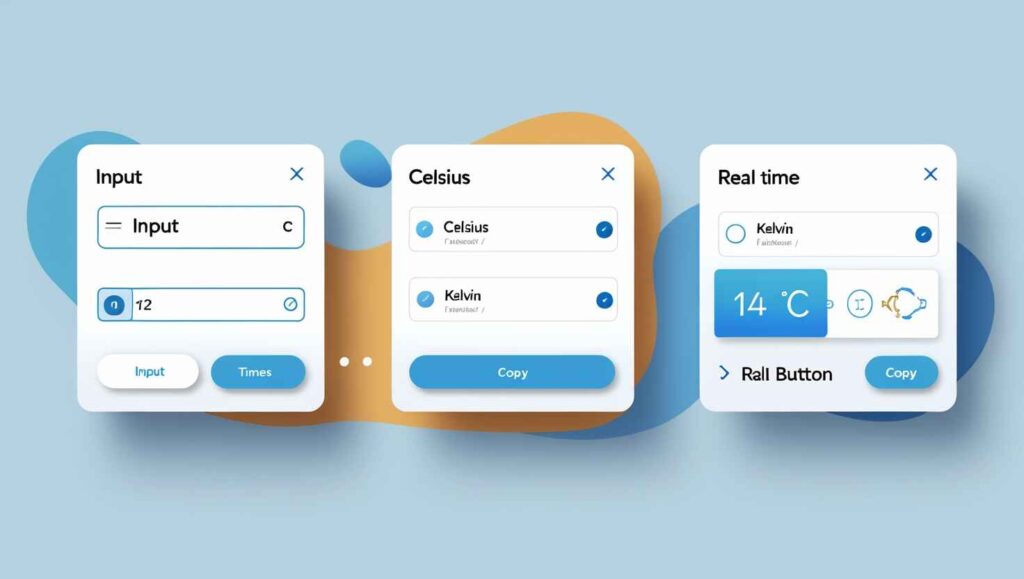
Use Case: Education
Geometry Assignments
High school and college-level geometry assignments often involve angular measurements. Quick conversions can simplify complex problem-solving.
Physics and Chemistry Labs
Temperature conversions are a staple in lab experiments, particularly in physics (thermodynamics) and chemistry (reaction thresholds).
Online Learning Tools Integration
Modern e-learning platforms often integrate with conversion tools for real-time feedback in problem-solving activities. This tool can be embedded or linked in virtual classrooms.
Use Case: SEO and Web Design
Yes, even SEO professionals and web designers benefit from degree conversion!
Converting CSS Transform Angles
When rotating elements in CSS using transform: rotate(deg);, designers often convert degrees into radians or percentages. This tool helps streamline design workflows.
Animations and Rotations in Web Elements
If your website includes animated SVGs or 3D objects, angular control is crucial. Tools like these reduce trial and error.
SEO and UX: Optimizing Design Responsiveness
Responsive design often involves rotations and transitions. This degree converter ensures a consistent appearance across devices.
Common Mistakes When Using Degree Converter:
Despite the tool’s simplicity, some users still make avoidable mistakes:
Not Understanding Unit Context: Always check whether you’re working with temperature or angular values.
Using the Wrong Unit: Converting Fahrenheit to radians doesn’t make sense. Know the context.
Misreading Input Fields: Ensure you are placing values in the correct field (from/to).
Forgetting Decimal Points: Entering 37 instead of 37.0 can affect precision.

How to Avoid Conversion Errors
Double-Check Units
Before converting, verify the original and desired units.
Use Reliable Tools
Use trustworthy tools like https://minitoollab.com/degree-converter-tool/ to ensure accuracy.
Understand Context
Don’t just convert blindly. Understand whether you’re dealing with degrees of heat or degrees of rotation.
Integration with Other Tools
Degree Converter and Calculator Tools
Pairing the converter with a calculator helps with complex operations, especially in engineering.
Exporting Results to Spreadsheets
Some tools allow exporting data to Excel or CSV files, making it easier to document calculations.
Embedding in Websites and Applications
Developers can embed the tool in learning management systems, technical websites, or even internal software platforms.
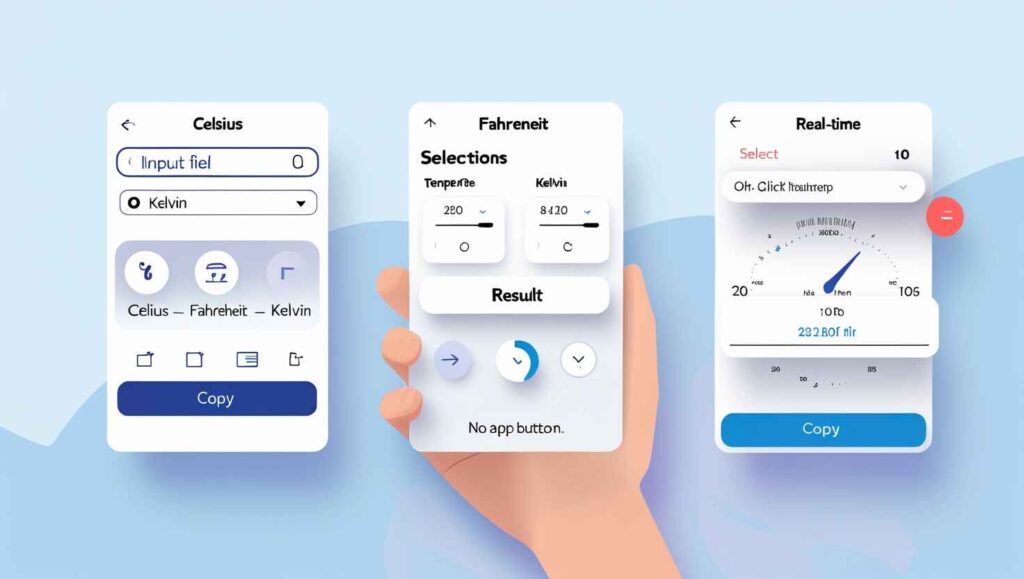
Mobile vs Desktop Experience
Responsive Design Overview
The tool adapts beautifully to screen size changes, offering a smooth experience whether you’re on your phone, tablet, or computer.
Touch vs Click: Interaction Differences
Touch-based interfaces include larger buttons for mobile users, while desktop versions often allow keyboard shortcuts for faster input.
Battery Usage and Efficiency
Unlike heavy native apps, this lightweight web-based tool consumes minimal resources, preserving battery life on mobile.
Security and Privacy
Data You Enter
No personally identifiable data is collected when using the tool. Inputs are processed locally or on secured servers.
Tool Permissions and Access
There are no intrusive permission requests—just simple access through your web browser.
Ensuring Safe Usage
Always use the tool through its official site to avoid counterfeit versions that could compromise your data.
Offline vs Online Tools
Pros and Cons of Offline Tools
Offline tools don’t need internet access, which is useful in remote areas, but they may lack real-time updates and accuracy.
Web-Based Benefits
Online tools offer up-to-date algorithms, better support, and newer features like batch conversions.
When to Use Which
Use offline tools in remote or high-security environments; use online tools for speed, features, and cross-device access.

Comparison: Manual Conversion vs Tool-Based
Time Efficiency
Manual conversion takes time and often requires formula memorization. The tool does the job in seconds.
Accuracy Levels
Humans make mistakes—tools don’t (as long as inputs are correct).
Cognitive Load and Learning Curve
Why overload your brain with formulas when you can use a smart, intuitive tool that does the heavy lifting?
Benefits for Designers and Creatives
Angle Design in Graphic Tools
Adobe Illustrator, Figma, and other tools require precise angle entries. A converter simplifies this step.
CSS and HTML Design Considerations
Transformations, rotations, and even gradients in CSS often involve degree inputs.
UX/UI Testing
Testing different angle-based designs for responsiveness? Quickly adjust and convert values using the tool.
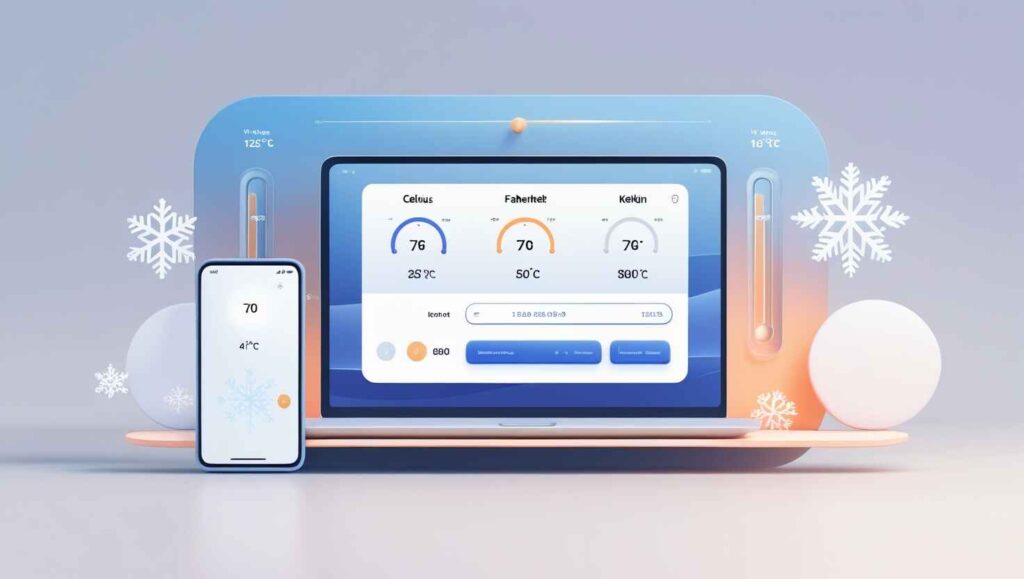
Advanced Features You Should Know
The Degree Converter Tool isn’t just for basic, one-off conversions. It has advanced capabilities that make it a powerful companion for professionals in STEM, education, and design.
Batch Conversion
Need to convert multiple values at once? Advanced versions of the tool allow batch processing, letting you paste a list of values and get all the conversions simultaneously—perfect for data analysts and researchers.
Historical Data Logs
Some tools maintain a history of your past conversions. This is especially helpful for those working on long projects or in educational settings where tracking is important.
Multi-Unit Conversion at Once
Rather than converting one unit to another, the tool can display a single input’s value across multiple units—e.g., from 37°C to °F and K simultaneously.
Accessibility Features
Accessibility isn’t a luxury—it’s a necessity. This tool includes thoughtful design to ensure it’s usable by everyone, regardless of ability.
Screen Reader Support
The tool is optimized for screen readers, allowing visually impaired users to navigate easily and perform conversions without issue.
Keyboard Navigation
All interactive elements can be accessed using just the keyboard. This enhances usability for those with motor impairments or anyone working hands-free.
High Contrast Modes
Some users require high-contrast visuals for better readability. The tool supports dark mode and high-contrast settings for eye comfort and clarity.
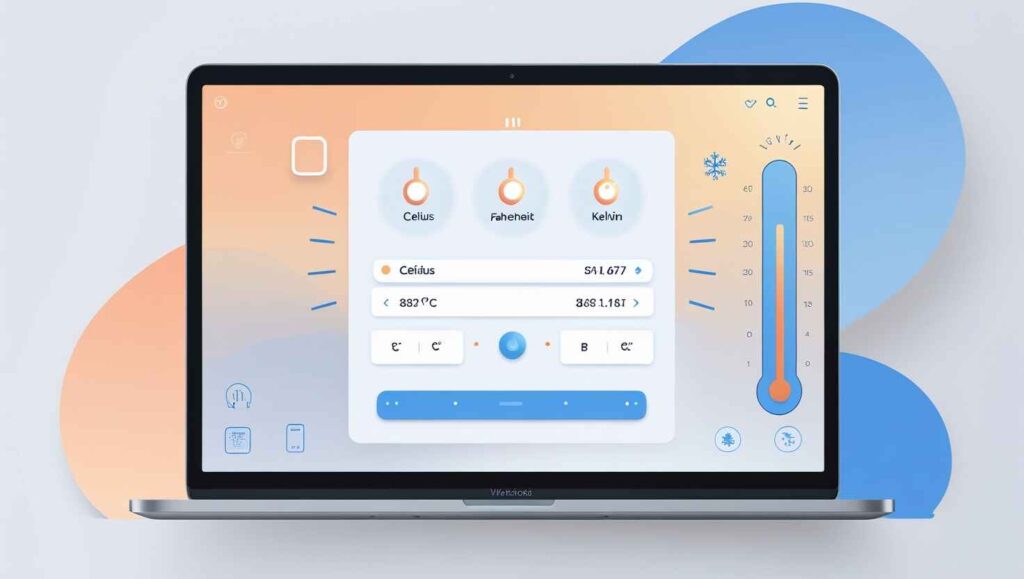
Customization Options
Themes and Layouts
Whether you prefer light mode, dark mode, or a minimalist view, customization options allow users to tweak the interface to their liking.
Saving Favorite Conversions
Frequent users can bookmark their most-used conversions, saving time and improving workflow efficiency.
Keyboard Shortcuts
Power users will appreciate built-in shortcuts for faster navigation—e.g., Ctrl + Enter to convert, or Tab to jump between fields.
Internationalization
Multiple Languages
The interface is available in multiple languages, making it accessible for users across the globe. Language settings can often be changed with a single click.
Metric vs. Imperial Preferences
Some users prefer Celsius and meters, while others use Fahrenheit and feet. The tool adapts based on user settings or location.
Regional Default Settings
Smart detection sets defaults based on your region. A user from the US will automatically see Fahrenheit; a user from Germany sees Celsius.

The Future of Degree Converter Tools:
Technology evolves—and so do smart tools like this one. Here’s where degree converter tools are headed:
AI Integration
Future iterations will likely use AI to suggest common conversions, detect errors, or even answer follow-up questions automatically.
Voice Commands
Imagine saying “Convert 212 Fahrenheit to Celsius” and getting an answer instantly—voice interface features are on the horizon.
Smartwatch and IoT Integration
Wearable tech and Internet of Things (IoT) devices are set to integrate conversion tools directly into smart homes and wearables for real-time data manipulation.
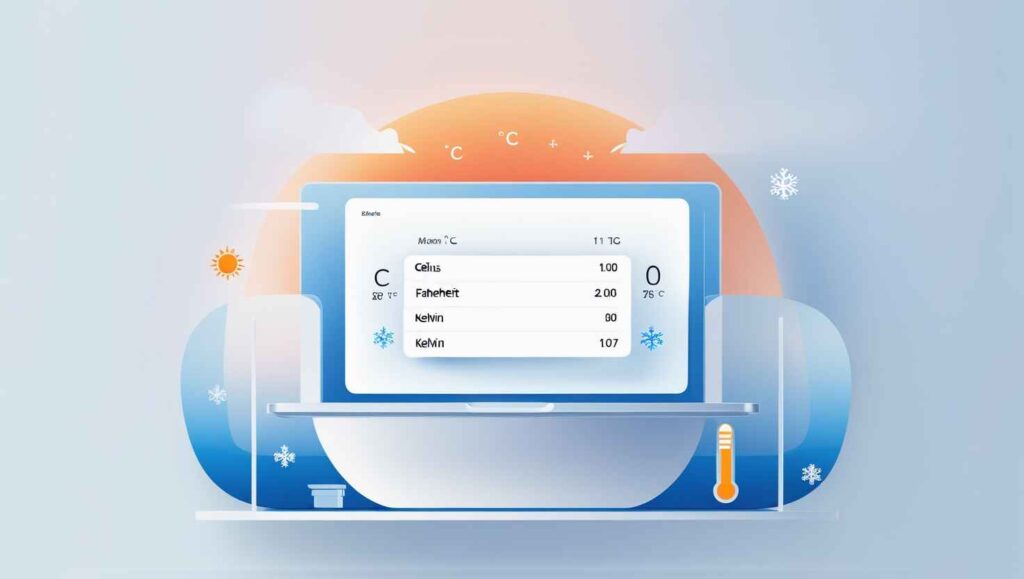
Conclusion
The Degree Converter Tool on minitoollab.com isn’t some boring calculator—it’s more like that friend you turn to when numbers start messing with your head. Students use it for geometry, developers for tweaking CSS animations, and honestly, even in the kitchen when you’re trying to figure out if that recipe meant Celsius or Fahrenheit. It’s simple, quick, and you don’t need a manual to get started.
We all hit those moments where units get in the way. An engineer staring at angles on a drawing, a traveler checking tomorrow’s weather in another country, or a designer fixing a rotation value—why waste time scribbling formulas when you can just plug it in and be done? One click, answer ready, and you move on.
That’s the real win here: it saves your time, cuts down mistakes, and just makes life smoother. Instead of stressing, you stay focused on the actual work (or the fun part of it). So yeah, next time a weird unit pops up, don’t overcomplicate things. Open the tool, convert it in seconds, and keep going with confidence.
Want to convert values quickly? Check out our Measurement Tools to switch between units like length, weight, temperature, and more.
Frequently Asked Questions (FAQs)
Q1: Can I use the tool for school homework?
Yes! It’s perfect for students, especially in math, physics, and chemistry classes.
Q2: Is the tool free to use?
Yes, the Degree Converter Tool is free, with optional premium features depending on your needs.
Q3: How accurate is the tool?
The tool uses scientifically validated formulas, ensuring precise and reliable outputs every time.
Q4: Can I access it on mobile?
Yes, it’s fully responsive and works seamlessly on smartphones and tablets.
Q5: Does it store my data?
No sensitive data is stored. Some features may retain history locally for convenience, but nothing is shared or tracked without your consent.
Q6: Is the Degree Converter Tool free to use?
Yes, it’s completely free and accessible to everyone.
Q7: Can I convert from Fahrenheit to Kelvin directly?
Absolutely. Just select “Fahrenheit” as the input and “Kelvin” as the output.
Q8: Does the tool work on all devices?
Yes, it’s fully responsive and works on mobile, tablet, and desktop.
Q9: Is the conversion accurate?
Yes, it follows standard scientific formulas with real-time precision.
Q10: Can I copy the result?
Yes, there’s a one-click “Copy Result” button for easy copying.